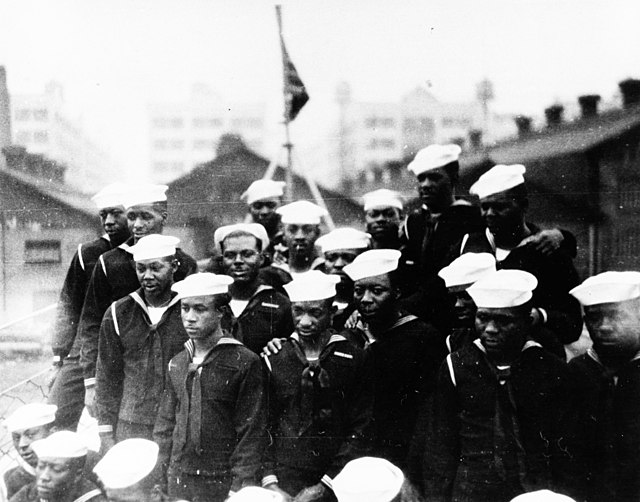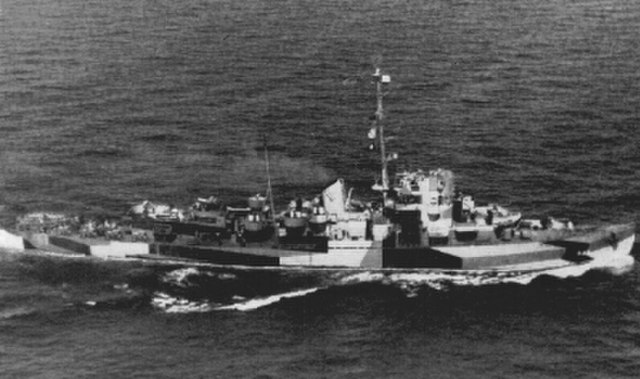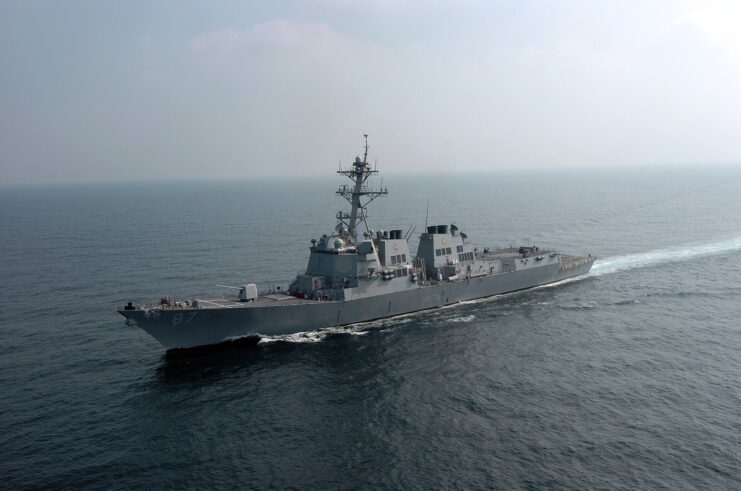When you think of history-defining naval vessels, odds are the USS Mason (DE-529) comes to mind. The Evarts-class destroyer escort served valiantly in the final years of the Second World War, but that’s not what made her unique. What made her notable was her crew, which was predominantly African American, at a time when the US military was still largely segregated.
Heroics of Newton Henry Mason

Newton Henry Mason may not be a well-known name, but he cemented his place in naval history in World War II. Enlisting in the US Navy Reserve as a seaman in November 1940, he quickly became an aviation cadet, thanks to his aptitude for flying.
Upon entering active service, Mason was assigned to Fighting Squadron 3 (VF-3), aboard the USS Saratoga (CV-3). After the ship suffered damage from a torpedo attack, he was reassigned to Fighting Squadron 2 (VF-2) aboard the USS Lexington (CV-2).
On May 8, 1942, Mason, piloting a Grumman F4F Wildcat, came up against a squadron of Mitsubishi A6M Zeroes from the Japanese aircraft carrier Shōkaku. He was shot down during this encounter and declared missing in action (MIA), and was posthumously awarded both the Distinguished Flying Cross (DFC) and the Purple Heart.
In recognition of his service, Mason had an Evarts-class destroyer escort named for him: the USS Mason.
USS Mason (DE-529) specs.

The USS Mason was commissioned in March 1944. With a displacement of 1,140 tons and a length of just 289.5 feet, she and her sister ships were designed for speed and agility, with a top speed of 21 knots. This allowed them to adequately chase and takeout enemy U-boats.
What set Mason apart was her armament. The destroyer escort was equipped with three 3-inch/50-cal. guns, four 1.1-inch/75-cal. guns and nine Oerlikon 20 mm cannons. To effectively conduct anti-submarine warfare in the Atlantic, she had two depth charge tracks and a Hedgehog anti-submarine projector.
Manned by a predominantly African-American crew

The USS Mason was one of the first US Navy ships to be manned predominantly by African-American sailors, along with the submarine chaser PC-1264; of her 204-man crew, 160 were Black.
This was a result of the advocacy of several civil rights organizations, most notably the National Association for the Advancement of Colored People (NAACP), which wrote a letter to US President Franklin D. Roosevelt in 1941, calling for African-Americans to be allowed to hold roles other than messmen while serving in the Navy.
Military leadership, however, wasn’t convinced the ship’s crewmen would be successful and thus nicknamed Mason “Eleanor’s Folly,” after the First Lady, who was fighting for military desegregation.
The men tasked with manning Mason were trained at Camp Robert Smalls, which was part of the Great Lakes Naval Training Station in Illinois. They faced segregation, which they spoke out against. They were driven to show their capabilities and more than determined to defend their country and show that skin color didn’t dictate one’s ability to do their part.
USS Mason (DE-529) and the Battle of the Atlantic

During World War II, the USS Mason partook in the Battle of the Atlantic, safeguarding Allied convoys against attacks from U-boats. She embarked on her first mission in June 1944, escorting a convoy to Europe as part of Task Group (TG) 27.5, alongside the USS John J. Powers (DE-528) and John M. Bermingham (DE-530).
That October, the destroyer escort participated in a particularly challenging mission, as she had to weather a severe storm in the North Atlantic. Mason suffered critical damage while navigating the rough seas, including the splitting of her deck plate, which had to be repaired under less-than-ideal conditions. Her crew also dedicated themselves to rescuing stricken vessels that couldn’t go on in the bad weather.
Despite their bravery and efforts during this particular convoy escort, Mason‘s crew had to wait decades for their actions to be officially recognized; it wasn’t until the mid-1990s that they received commendations for their meritorious service.
Mason was decommissioned in October 1945, and stricken from the Naval Vessel Register the following month. She was sold for scrap in March 1947.
USS Mason (DDG-87)

In April 2003, the USS Mason (DDG-87), an Arleigh Burke-class guided missile destroyer, was commissioned into the US Navy. Named in honor of the World War II-era Mason and her crew, the vessel pays tribute to her predecessor’s service with the motto, “Proudly We Serve.”
More from us: HMS Glowworm (H92) vs Admiral Hipper: A Daring Battle in the North Sea
Are you a fan of all things ships and submarines? If so, subscribe to our Daily Warships newsletter!
Since her commissioning, Mason has participated in numerous live-fire exercises and military operations, showcasing her ability to partake in modern naval warfare. Among her most notable engagements include the 2016 Houthi rebel attacks off the coast of Yemen and the ongoing Israel-Hamas War, which began in October 2023.
